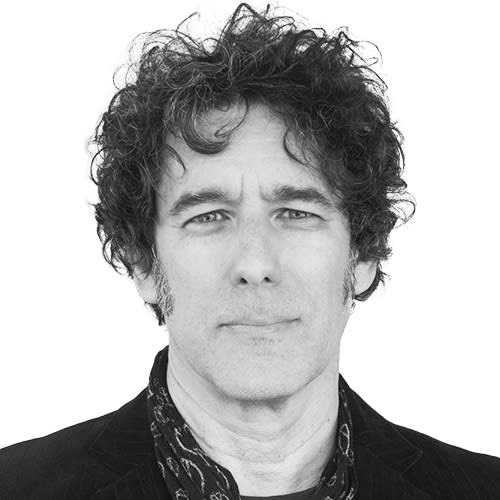Bob Dylan has always been one of the most bootlegged performers from the golden age of rock ’n’ roll. The Great White Wonder LP, which offered the world its first taste of Dylan’s fabled Basement Tapes with The Band, was arguably the first such underground release, and was certainly the first to find a wide audience. So it came as no surprise that back in the ’90s, when bootleg CDs hit the mass market, brick and mortar record shops were filled with a steady stream of albums full of Dylan’s castoffs.
While bootlegs from other artists were more often than not a disappointment, Dylan’s were always a revelation. Occasionally, there were never-before-heard gems. But, more often, you’d find yourself faced with a familiar song in an altogether different guise. One day, while methodically flipping through the racks of one of my favorite Greenwich Village haunts, I came across a disc entitled Thin Wild Mercury Music. The title said it all.
It referenced Dylan’s own description of what he was trying to capture during the 1965-66, Highway 61 Revisited and Blonde On Blonde period, and the music inside didn’t disappoint. The rawness and immediacy was mind-blowing. This was Dylan at the absolute top of his game; the Dylan that every young person who picks up a guitar and tries to write a song aspires to be, while knowing it’s almost surely a hopeless task.
That The Cutting Edge 1965–1966: The Bootleg Series Vol. 12 in its 18-disc form, out November 6, compiles just about every note Dylan recorded in the studio during that peerless moment in his career is a gift to us all. Never before has an artist peeled back the curtain like this during their lifetime.
And as a first taste of what’s to come in The Cutting Edge 1965–1966, Take 1 of “Can You Please Crawl Out Your Window,” which The Daily Beast is proud to premiere today, is the perfect primer. While the released version is an amphetamine-fueled freight train that features Dylan’s first recording with the musicians who became known as The Band, Take 1 is an altogether different animal. Dylan accompanies his vocals on guitar and harmonica, Mike Bloomfield plays his typically cutting lead guitar, Al Kooper, oddly, the celeste, while Paul Griffin is on piano, and Harvey Brooks and Bobby Gregg play bass and drums, respectively. It’s tentative, jangly, almost pretty.
For those of you who have been clamoring for a sense of what to expect from The Cutting Edge, the wait is over.
In ’65 and ’66, songs were pouring out of Dylan. While you may hear a hint of the chorus of “Like A Rolling Stone” in “Can You Please Crawl Out Your Window,” this take—known as “Look At Barry Run” at this stage—is full of more unrealized potential than many of Dylan’s mid-’60s trademarks. Rumored to be a message to Dylan’s brief paramour Edie Sedgwick as a warning to flee Andy Warhol’s factory scene, the tune finally morphed into the hit song Dylan perhaps didn’t have the time or energy to focus enough attention on.
For a man routinely booed and scorned—and even infamously called “Judas!”—from the Newport Folk Festival to the Royal Albert Hall during 1965, Dylan sounds supremely confident, even on this first attempt. He’d found a new way forward, not for the first time and surely not for the last.






